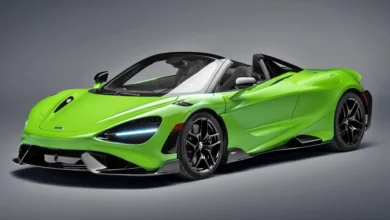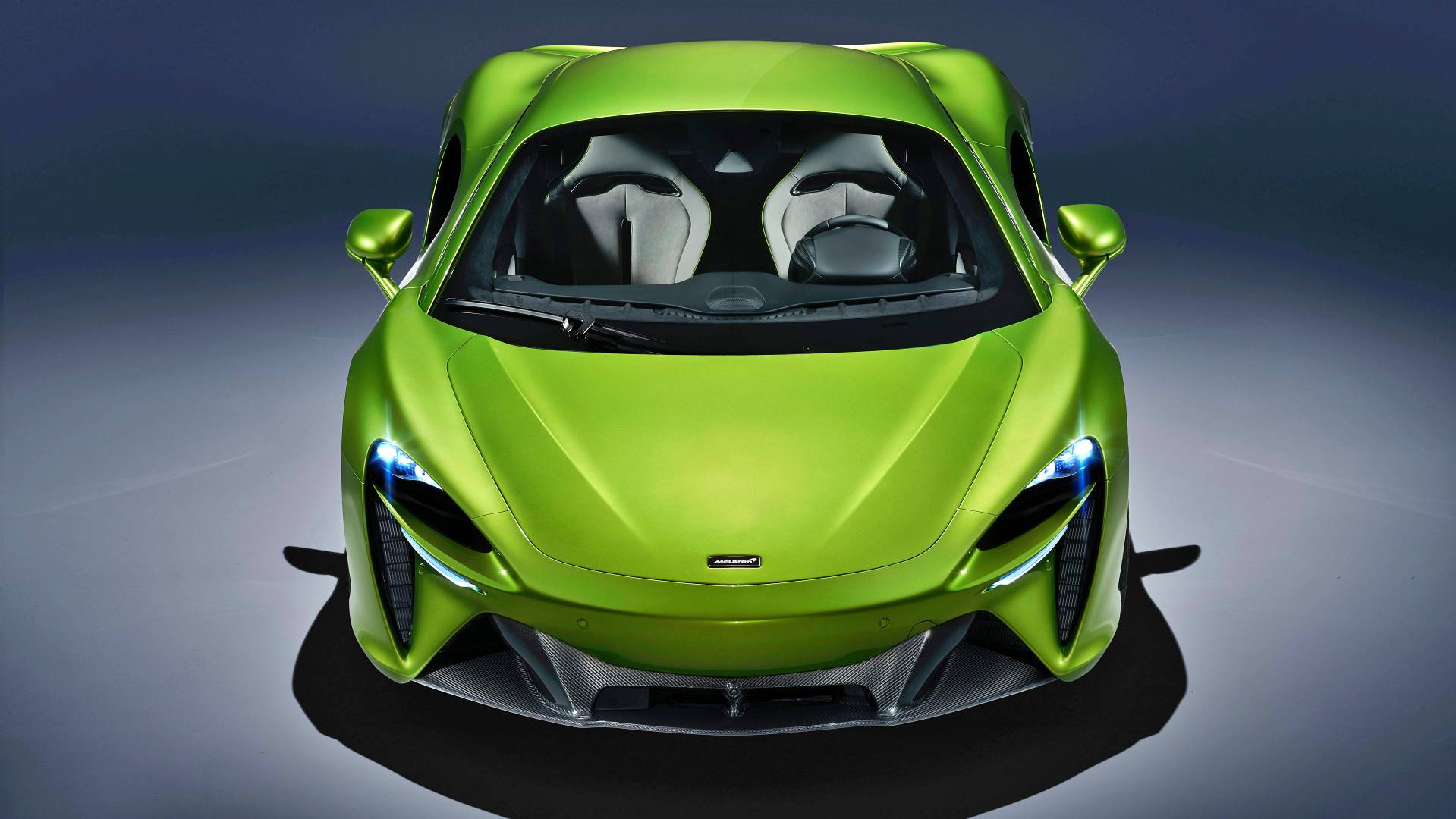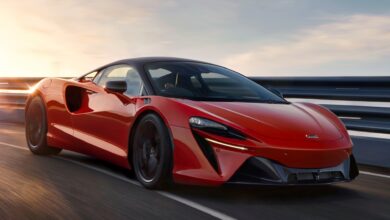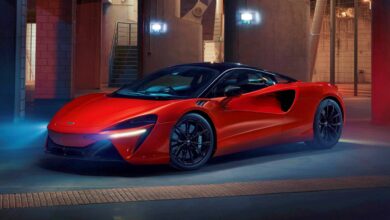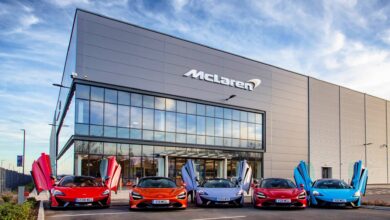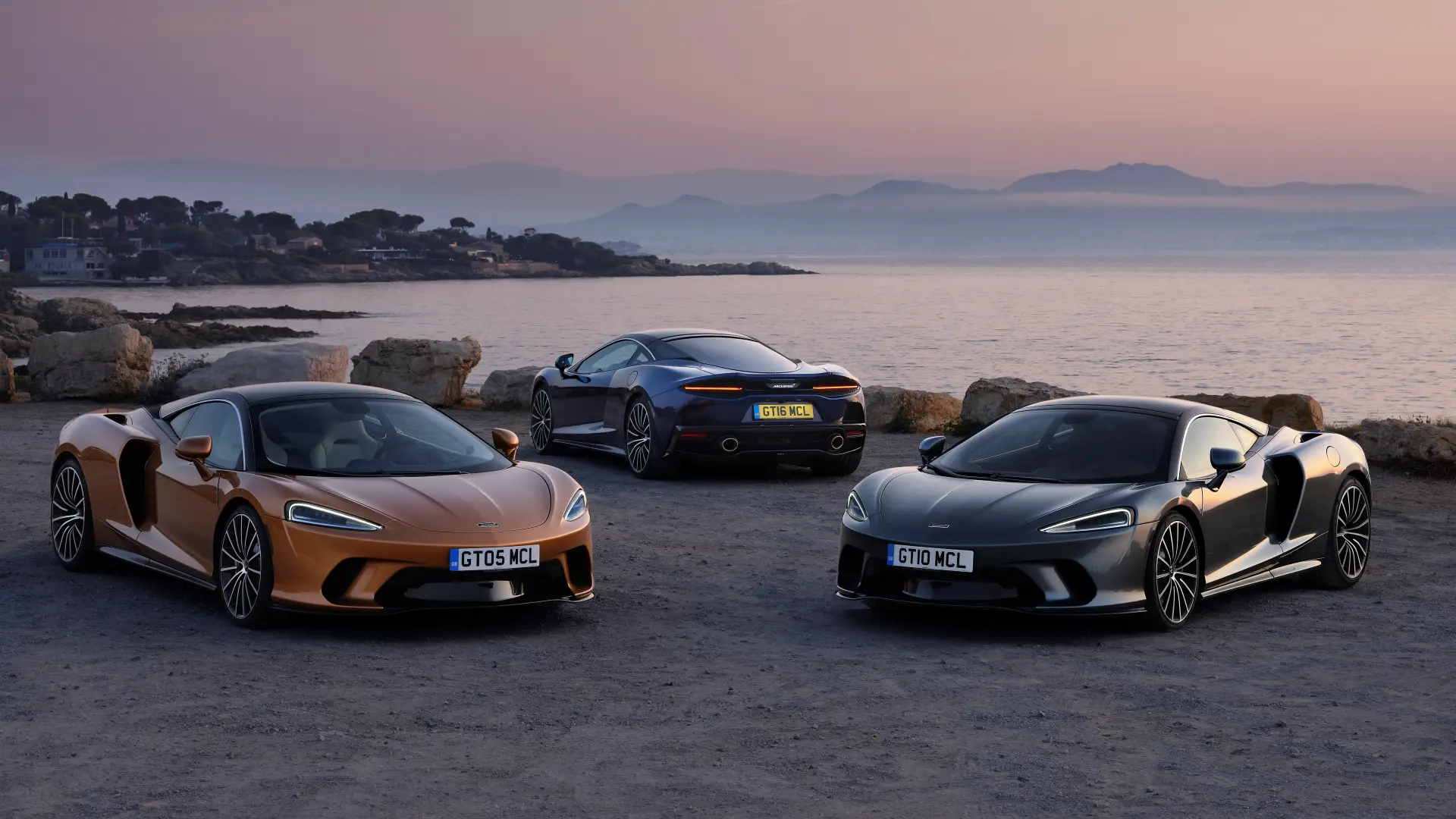
The automobile market in Europe is advancing at a steady pace in its electrification process. However, not all segments can say the same: passenger cars and SUVs are the main pieces that brands rely on to try to convince drivers to switch to electric technology.
If we talk about supercars, things are very different. Indeed, there are already very high-performance electric super sports cars and even hypersports cars. But even so, the main constructors, including generalists and low-volume ones like McLaren, have not yet taken a decisive step.
The reason is clear: installing 100% electric mechanics in a vehicle with these characteristics, as long as you want to have an acceptable range, would mean installing batteries that are too large and heavy. Something that would be detrimental to the intrinsic DNA of any supercar, which is that of lightness, that of driving sensations, that of agility in curves…
McLaren is clear: this is not the time for electric supercars
One of the brands that has this message most clearly and that ‘passes’ experiments is McLaren. The British firm, through its executive director Michael Leiters, has been leaving us keys in this regard in its latest appearances before the press.
McLaren does not renounce electrification but prefers to make its way slowly and progressively, betting on hybrid technology in this decade. Their customers still do not ask the Woking brand for an electric supercar, but they do not have that idea in mind either: «The main reason is the weight. We don’t want to build a 2,000 kg, 2,000 HP car, anyone can do it. That is not in McLaren’s DNA,” Leiters said a few months ago.
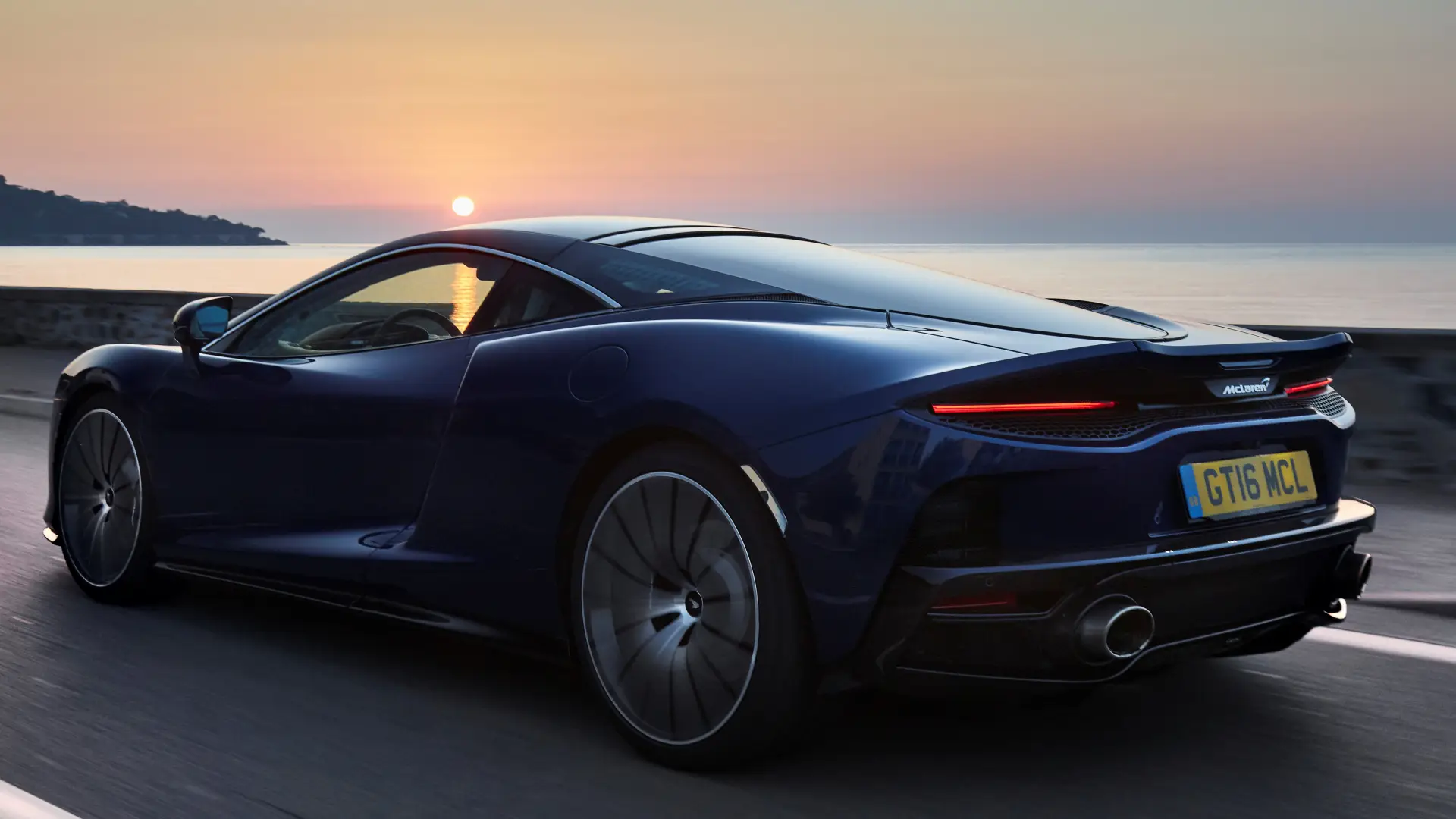
He recently maintained the same direction in an interview for Bloomberg Television: «Weight is very important, the correct range is also needed. I don’t expect this technology to be ready for real supercars before the end of this decade.
For McLaren and Michael Leiters, weight is the “core” of their cars. The British need changes in the batteries, which are lighter, to approach the levels of current supercars that weigh around 1,500 kg. An equivalent, say, to the current 750S, for example.
It remains to be seen which will be McLaren’s first pure electric vehicle, since there had been talk of a successor to the McLaren P1, which in its day already had plug-in hybrid technology, or whether it will be the highly anticipated and first SUV of the British brand. Regarding this latest model, McLaren already warned that it would not arrive until at least 2028.
“We will not enter this segment until we are on a stable path to make our core business profitable,” said Leiters himself, who knows only too well how well his first SUVs are performing in brands such as Bentley with its Bentayga (which represents 42% of its sales) or like Lamborghini with its Urus (more than half). Ferrari or Aston Martin also ‘fell’ into the SUV fashion, which McLaren prefers to refer to as “shared performance.”
